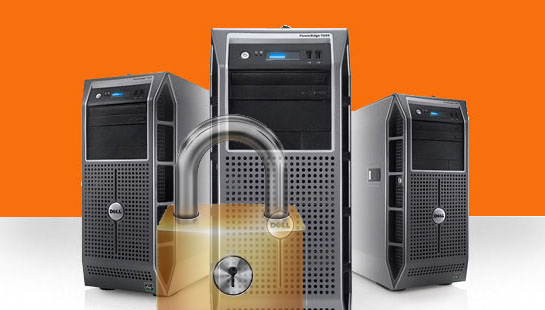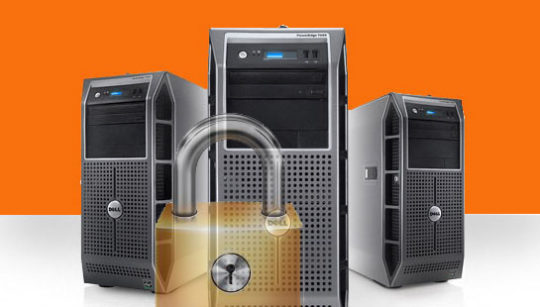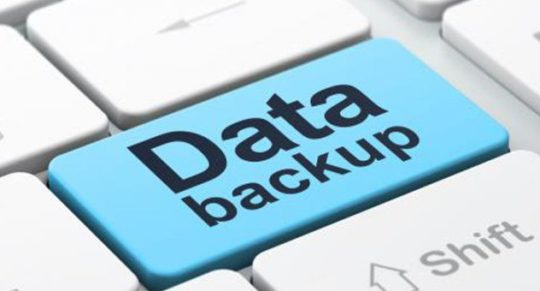The computer servers that support your business are the backbone that keeps your organization productive, but how do you keep your business servers safe?
Every week seems to bring a new security threat and you can rest assured that the number and ferocity of these attacks isn’t going to subside anytime soon. Your business servers, of course, contain untold amounts of sensitive data that could be used to harm not only your business, but also your customers. Therefore, keeping on top of your servers’ security is paramount in protecting your data from the all too real threat of hackers.
To help you stabilize and improve the security of your business servers, we’ve put together a plan of recommendations to help you meet your security objectives.
Run an Antivirus. Regularly.
Viruses can spread from file to file very quickly and, before you know it, your entire server can become compromised. However, a piece of antivirus software can prevent the majority of existing viruses taking hold of your servers. Quarantining infected or suspicious files allows you to analyze anything that is flagged as potentially dangerous, so installing antivirus software really is a prerequisite of good security practices. And, to really maximize its effectiveness, run it regularly as an infection could occur at any point during in the day.
Update Your Server Software
Many pieces of malware work by exploiting security vulnerabilities in software such as Petya and NotPetya, but these vulnerabilities could be easily avoided by patching. Installing patches, though, can feel like a tiresome task, particularly when your organization needs to stay productive. To put things into perspective you need to weigh up the minimal downtime of installing updates against the havoc caused by an infected server. The answer’s pretty obvious, right? Install those patches and install them immediately.
Educate Your Staff on Security Threats
Your staff are the first line of defense against any cyber-attacks on your organization, so it’s crucial that they’re trained in what to look for and what to do in the case of an attack. Naturally, they’re not going to be partitioning infected servers or installing critical updates, but they can do the very basics. And this can be as simple as good password practices or understanding how to identify a phishing email.
Backup Your Data
Ransomware has become a major issue for businesses in the last couple of years and, in many cases, paying the ransom doesn’t even guarantee the release of your files. And this is why it’s vital that your organization embraces backups to help safeguard your data in the event of a ransomware attack. Backups have been a cornerstone of IT security since the dawn of the digital age and their importance should never be underestimated.
Keep Web Browsing Separate
The internet is a portal to untold amounts of information, but it’s also a gateway to untold security threats. And this is the last thing you want your business server exposed to. Providing internet access through a separate server (to your main server), therefore, allows you to minimize the risk to your most important data.
For more ways to secure and optimize your business technology, contact your local IT professionals.









